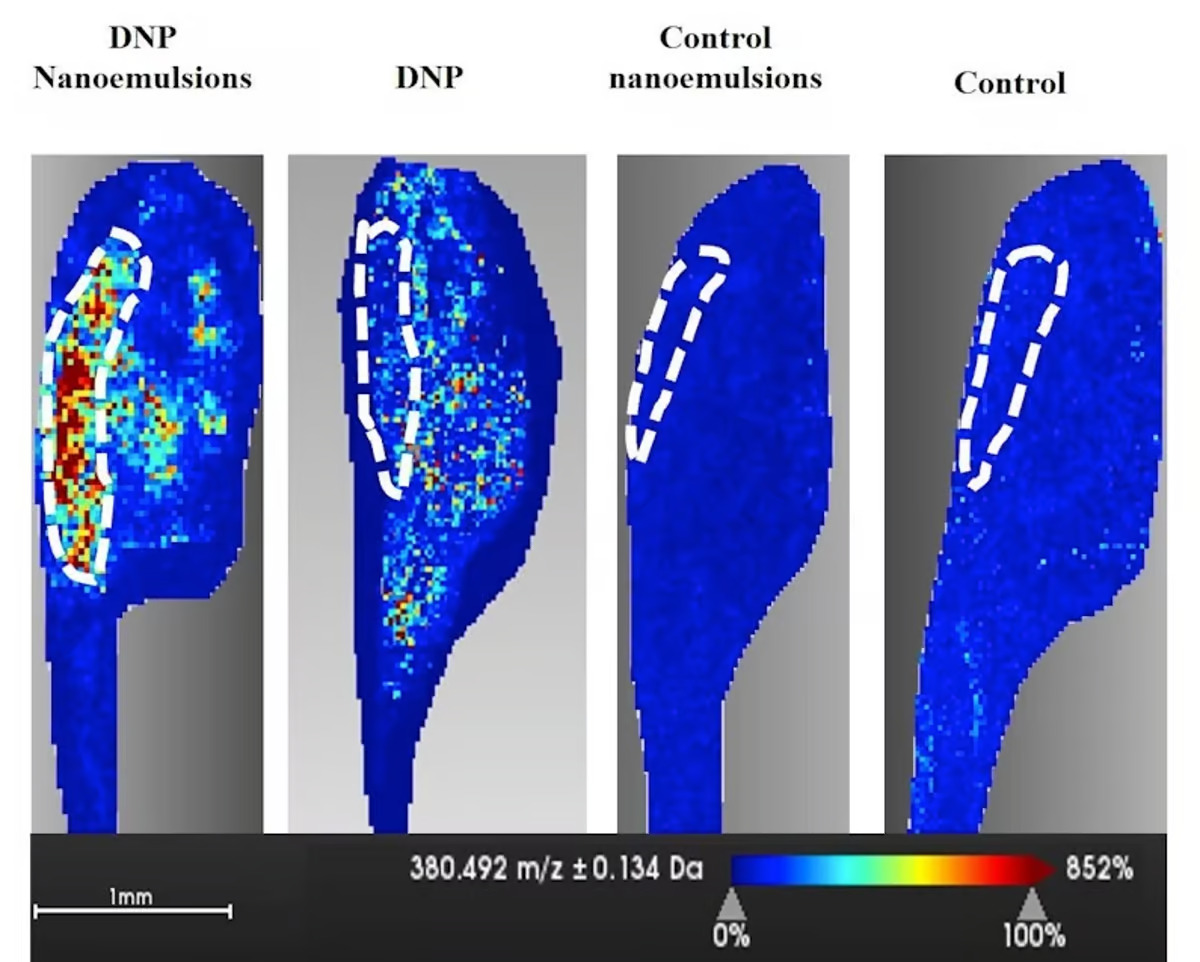 A drug already used to treat Alzheimer’s could find a second use in inducing a hibernation-like state, to save lives during medical emergencies. Depositphotos –
A drug already used to treat Alzheimer’s could find a second use in inducing a hibernation-like state, to save lives during medical emergencies. Depositphotos –
Medical professionals often refer to the ‘Golden Hour’ as the crucial period straight after a traumatic injury. While it’s not strictly one hour, the general principle is that the faster medical intervention occurs, the better the patient’s chances of survival.
That’s obviously a big problem for emergencies that occur a long way from a hospital. But a new study from Harvard’s Wyss Institute suggests a new way to extend that so-called Golden Hour, by placing a patient in “biostasis” to slow down their metabolism and prevent permanent organ damage.
The researchers used an algorithm called NeMoCad, which analyzes the structures of compounds to figure out which ones might have a desired effect – in this case, inducing torpor, a kind of hibernation-like state that some animals enter naturally. This process singled out a compound called donepezil, or DNP, which is currently FDA-approved as a treatment for Alzheimer’s.
“Interestingly, clinical overdoses of DNP in patients suffering from Alzheimer’s disease have been associated with drowsiness and a reduced heart rate – symptoms that are torpor-like,” said María Plaza Oliver, first author of the study. “However, this is the first study, to our knowledge, that focuses on leveraging those effects as the main clinical response, and not as side effects.”
The team tested out DNP’s possible torpor-inducing effects in tadpoles. And sure enough, it reduced three biological factors that suggest torpor: oxygen consumption, heart rate and swimming motion.
Unfortunately, when injected as free particles, the drug accumulated in tissues across the tadpoles’ bodies and caused some toxicity. To prevent that, the team encapsulated the DNP inside lipid nanoparticles, and found that the drug accumulated in the brain tissue, reducing toxicity while still inducing the torpor-like state.

The results are intriguing, but of course tadpoles are a long way from humans. Further testing will be needed to determine exactly how it induces torpor, but on the plus side, that testing path should be easier than for many drugs. DNP has been in clinical use in humans for almost 30 years.
“Donepezil has been used worldwide by patients for decades, so its properties and manufacturing methods are well-established,” said Donald Ingber, senior author of the study. “Lipid nanocarriers similar to the ones we used are also now approved for clinical use in other applications. This study demonstrates that an encapsulated version of the drug could potentially be used in the future to buy patients critical time to survive devastating injuries and diseases, and it could be easily formulated and produced at scale on a much shorter time scale than a new drug.”
Other studies have found that ultrasound pulses directed to specific sections of the brain could induce a torpor state, also with the goal of saving lives during surgery and in the more distant future, potentially helping astronauts go into ‘hyper sleep’ for long space journeys.
The research was published in the journal ACS Nano. Source: Wyss Institute
–























